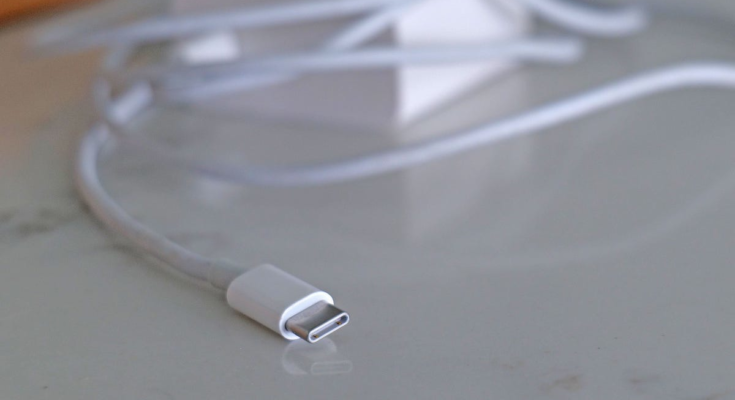
Although people got excited when the USB-C’s power output more than doubled from 100 watts to 240 watts earlier this year, there was still a mighty big problem at hand: How would consumers be able to tell these new USB-C cables apart from the old ones?
On Thursday, the USB Implementers Forum, or USB-IF, the nonprofit behind the USB protocol, tried to solve the cable problem by unveiling a slew of new certification logos manufacturers can stick on their USB-C cables and their packaging. The new power rating logos, which you can see below, will clearly identify when a USB-C cable supports 240W charging.

USB-IF announced the new 240W power transfer limit in May. The move was welcomed, as it meant that USB Power Delivery would now be able to charge all but the most heavy-duty laptops, eliminating the need for a proprietary power adaptor.
In addition, USB-IF also debuted new logos for USB4 power delivery, which provides data transfer speeds of 40Gbps via a USB-C connector, as well as logos for combined USB4 and 240W cables.
“Certified USB solutions ensure interoperability and backwards compatibility in the marketplace and USB-IF reminds consumers to purchase certified products from trusted sources that display USB-IF Certified Logos on packaging, product briefs, or the device, charger, and cable itself,” the nonprofit said in a news statement.
While well-intentioned, USB-IF’s new logos still don’t entirely solve the confusion around the new USB-C 240W charging cables and the USB4, although they are helpful. As pointed out by the Verge, the charging and data transfer standards aren’t tied together. That means that you could get a 240W charger that transfer files slowly, or vice versa.
Plus, the move makes manufacturers responsible for including the new logos on the cables. Will they do it? I’m sure some might, but others might not, which will inevitably lead to more than one user wondering if they bought something defective when their devices don’t charge and their files don’t transfer as expected.



